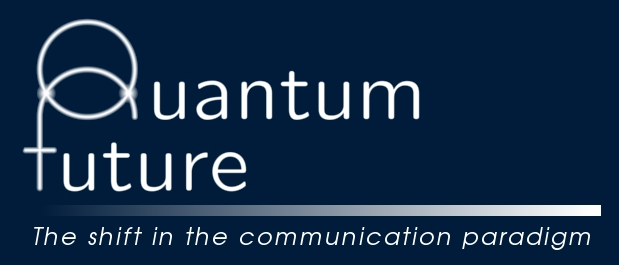
M. Padovan1,2, G. Foletto1, L. Coccia1, M. Avesani1, P. Villoresi1,3, G. Vallone1,3,4
Preprint, arXiv:2309.12286 [quant-ph]
DOI: 10.48550/arXiv.2309.12286
1Department of Information Engineering, University of Padova, via Gradenigo 6/B, 35131 Padova, Italy
2Centro di Ateneo di Studi e Attività Spaziali “Giuseppe Colombo”, Università di Padova, via Venezia 15, IT-35131 Padova, Italy
3Padua Quantum Technologies Research Center, Università degli Studi di Padova, via Gradenigo 6A, IT-35131 Padova, Italy
4Dipartimento di Fisica e Astronomia, Università di Padova, via Marzolo 8, IT-35131 Padova, Italy
Quantum correlations between the measurements of two or more separated observers play a fundamental role in many applications, such as randomness generation or key distribution. Recently, it was realized that sequential measurements (i.e., defined with a precise temporal ordering between subsequent measurements on a given system) can enhance the performance of these protocols. However, the theoretical understanding of how to maximize this performance is limited and the relation with the boundary of quantum correlations is unexplored. In the case of one party on one side and two sequential parties on the other, we study the geometry of quantum correlations and its implications for robust device-independent randomness generation. We identify a boundary for the set of these correlations expressed as a trade-off between the amount of nonlocality between different observers and show that this allows to generate the maximum possible device-independent randomness in our setting, namely two bits. We propose a practical protocol based on non-projective measurements that can produce the boundary correlations under ideal conditions, and address its robustness to noise, showing that it is improved compared to previous approaches. Finally, we implement our protocol in a proof-of-concept experiment based on a photonic implementation. With the obtained correlations we could certify more bits per state with respect to the standard CHSH protocol, proving that our protocol is feasible and robust to real-world imperfections. Our work paves the way for a full understanding of sequential quantum correlations and their exploitation for practical and efficient device-independent protocols.
